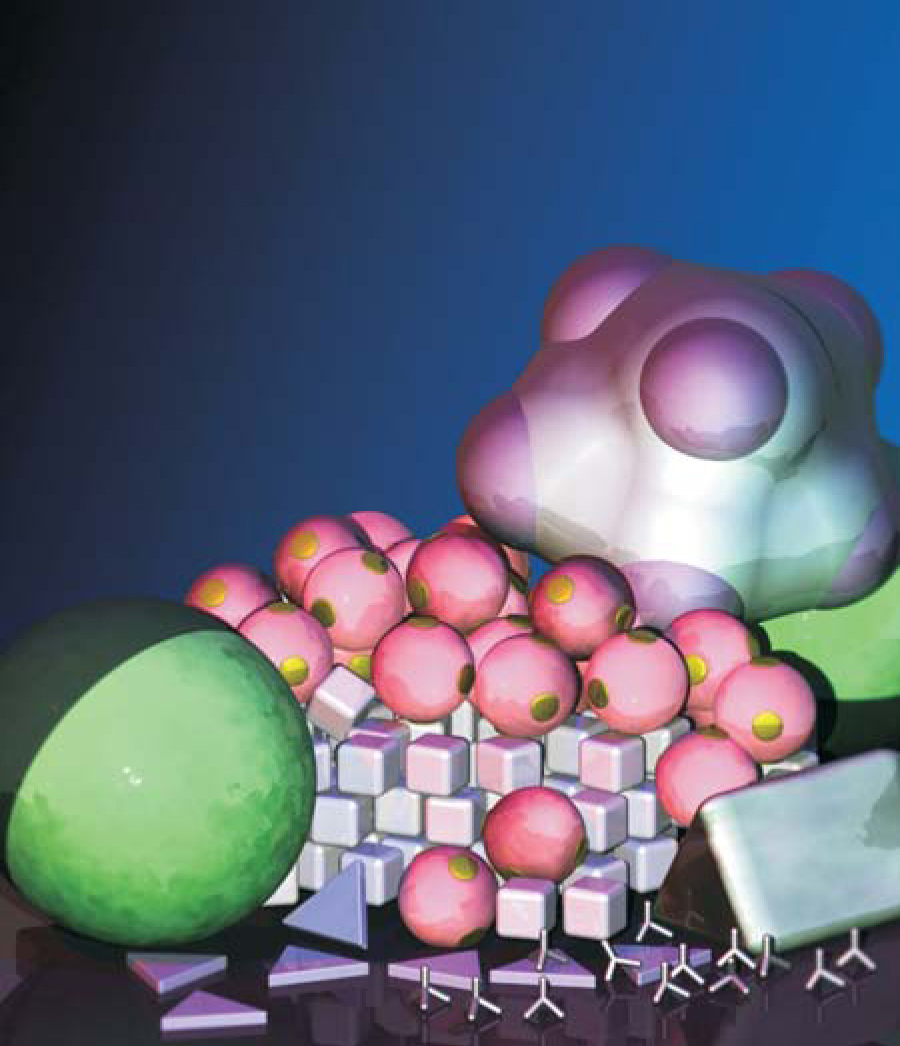DOD launches ‘genius’ awards
DOI: 10.1063/1.3086095
A lot of money over a long time. That’s what a trickle of researchers is getting from the Department of Defense’s new National Security Science and Engineering Faculty Fellowship (NSSEFF) program, which provides relatively strings-free grants of up to $3 million.
Last November the 2009 awardees—a half-dozen researchers culled from more than 500 applicants—were announced, bringing the total so far to 14. An earlier first round was for the 2008 awardees. The DOD plans to bestow up to 10 of the five-year grants annually.
“We want to have the best of the best in faculty working in national security,” says William Rees, deputy under secretary of defense. By at least partially restoring a relationship between academics and the DOD that has weakened over the past decade or so, he adds, the NSSEFF program is meant to serve two purposes. “Many transformative breakthroughs—GPS, the Internet—were funded by DOD. But in the 90s, with the cold war over, we decreased the amount of basic research funding. There is now a realization we want to get it back up.” The second purpose is to cultivate a new pool of faculty advisers for the DOD. “Many of the top faculties in the top departments at the top universities have been advisers for national security. But younger faculty haven’t really been rotating on as much as we would like,” Rees says. “These are two different reasons, and each would be compelling by itself, but the combination made it a bipartisan, bicameral sell.”
“There are very few grants that an individual PI [principal investigator] can get of this magnitude and this duration to really go after a big problem,” says the University of Michigan’s Sharon Glotzer, one of this year’s awardees. The NSSEFF grants make for “a profound change in the way we can do research.” The $3 million, or $600 000 a year, is for basic research; on top of that, DOD pays the university overhead. “It’s fantastic. Atypical grant for a physicist, especially a computational scientist like myself, might be as much as $150 000 a year, including overhead,” Glotzer says. Other awards in the same vein include the Pioneer Awards from the National Institutes of Health, the Howard Hughes Medical Institute investigator awards, and the MacArthur “genius” awards.
Glotzer uses simulations to design self-assembling materials whose properties can change. “Many possible applications lie ahead, provided we can work out the basic scientific principles,” she says. “DOD wants to protect war fighters in extreme conditions, for which one could imagine fabrics that change their weave or switchable coatings for aircraft or subs to provide stealth capabilities. What we are doing is fundamental statistical mechanics and thermodynamics, but applied to these very new systems. I can’t think of any sector that would not benefit from reconfigurable materials, but there are particular applications that would be especially interesting for DOD.”
Stanford University physicist Mark Kasevich, another 2009 awardee, does atomic interferometry. “We build sensors based on the interference of atomic de Broglie waves. They perform in the lab at a very high level, and our proposed work is to continue this to enable new tests of basic principles—deviations in Newton’s inverse square law and a test of Einstein’s equivalence principle.” Applications, he adds, “are further down the road, but if these techniques come to fruition, they would enable new inertial navigation sensors and gravitational sensors.”
Far down the road is just what the DOD has in mind. In five years, says Rees, “we won’t be able to tell” whether the work of an NSSEFF awardee proves to have national security applications. “In 10 years we won’t be able to tell. The way to tell would be to give the grade in 20 years. One message we are trying to get out is that you can’t judge basic research on the 5-10-year time scale.”
The DOD is not directing how the award money is spent, Rees adds, “but we are encouraging that [awardees] be involved with DOD.” Awardees get a security clearance, and they’re required to visit DOD engineering and development sites.
In addition to Glotzer and Kasevich, the 2009 NSSEFF awardees are Graham Candler, who simulates hypersonic flow at the University of Minnesota; Rice University’s Naomi Halas, who works in three-dimensional nanophotonics; MIT’s Christine Ortiz, whose NSSEFF focus is on engineering designs for protective armor; and John Rogers of the University of Illinois, who works on stretchable electronics.

Simulation and design of shape-shifting materials that self-assemble from patchy particles—particles with sticky areas that promote specific and directional interactions with other particles—is one area of basic research that won a $3 million grant from the Department of Defense. The particles in this artist’s conception range in size from tens of nanometers (tetrapods) to tens of microns (colloidal polyhedra).
CHRISTOPHER R. IACOVELLA AND SHARON C. GLOTZER, UNIVERSITY OF MICHIGAN

More about the Authors
Toni Feder. tfeder@aip.org
